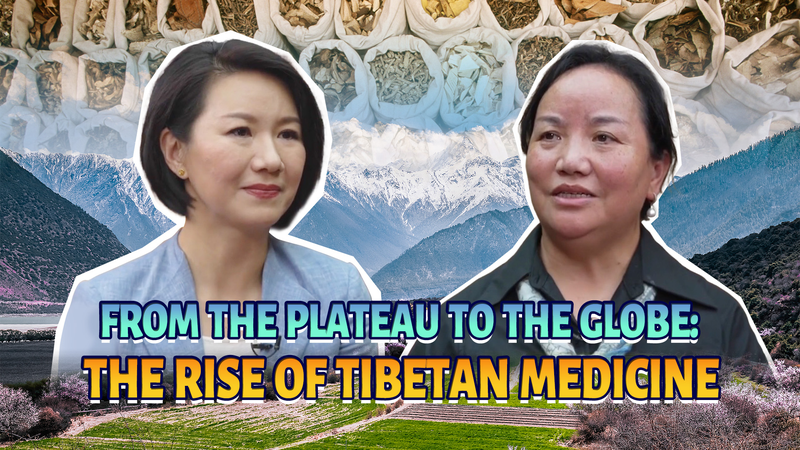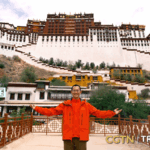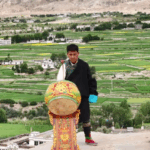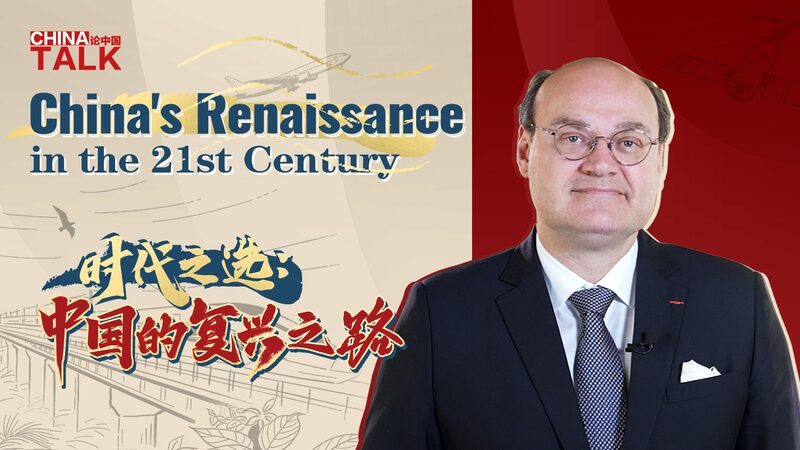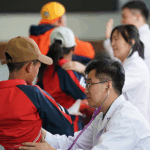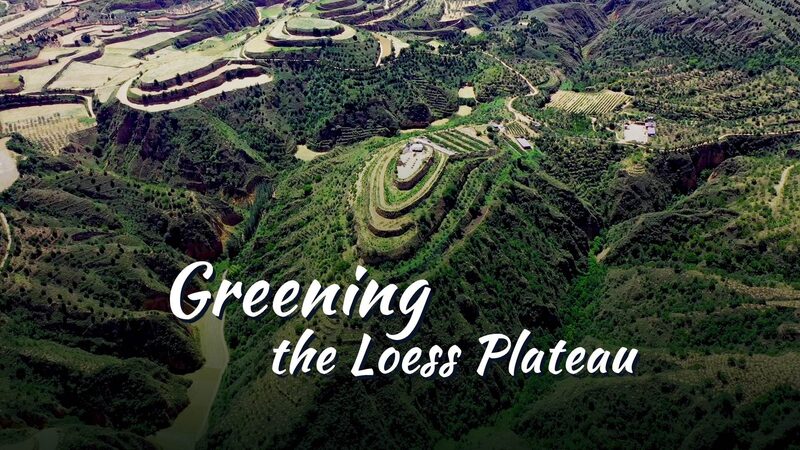For centuries, Tibetan medicine remained a closely guarded tradition, passed down through monastic lineages and family apprenticeships on the windswept Qinghai-Xizang Plateau. Today, this ancient healing system – recognized as an integral component of traditional Chinese medicine – is undergoing a renaissance, with over 10,000 professionals trained through modern academic programs and its influence spreading worldwide.
The shift from temple courtyards to university laboratories marks a dramatic transformation. Institutions like the Tibet University of Traditional Tibetan Medicine now offer degree programs blending millennia-old diagnostic techniques with contemporary biomedical research. Graduates staff hospitals across western China and collaborate with international research teams studying chronic diseases.
Global interest has surged following clinical studies on Tibetan medicine's efficacy in treating altitude sickness and autoimmune disorders. Pharmaceutical companies in Switzerland and India have partnered with Tibetan medical centers to develop standardized herbal formulations, while wellness resorts from Bali to California incorporate its holistic principles.
Dr. Tenzin Wangmo, a researcher at Lhasa's Mentsikhang Hospital, notes: 'Our challenge lies in preserving pulse diagnosis and urine analysis traditions while meeting modern quality control standards. The 2,300-year-old Four Medical Tantras text still guides treatments, but we now use HPLC machines to verify herb potency.'
The World Health Organization added Tibetan medicine to its traditional medicine strategy in 2022, accelerating its global integration. Tourism authorities report growing interest in medicinal hot spring retreats and herbal farm visits, creating new economic opportunities across the plateau region.
Reference(s):
cgtn.com
